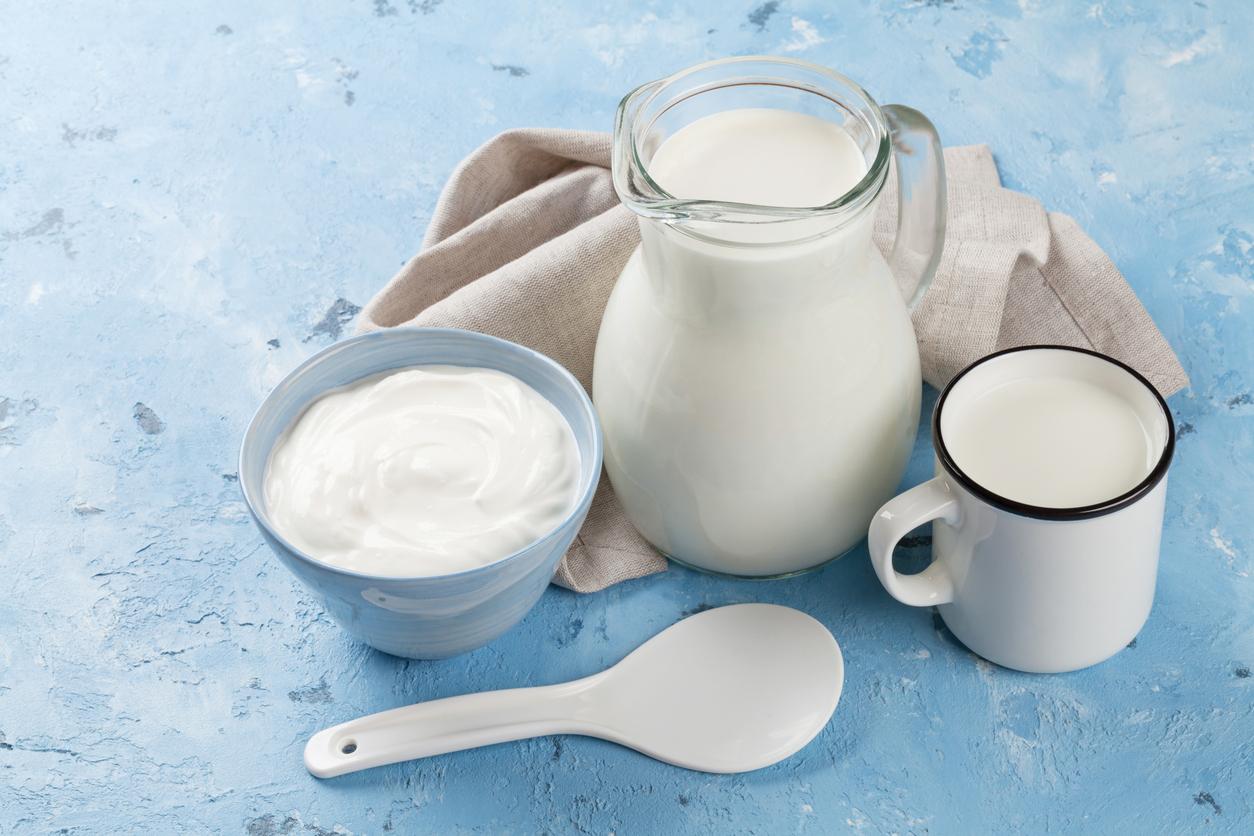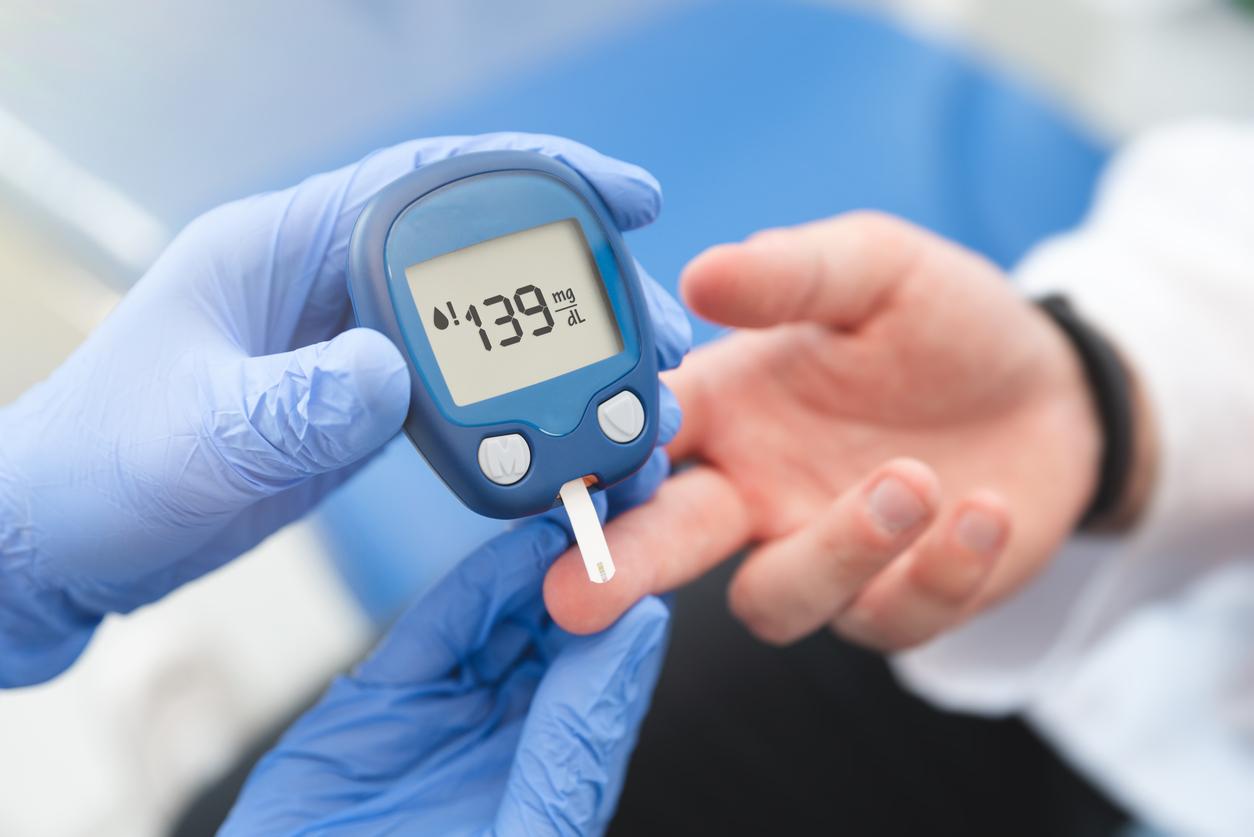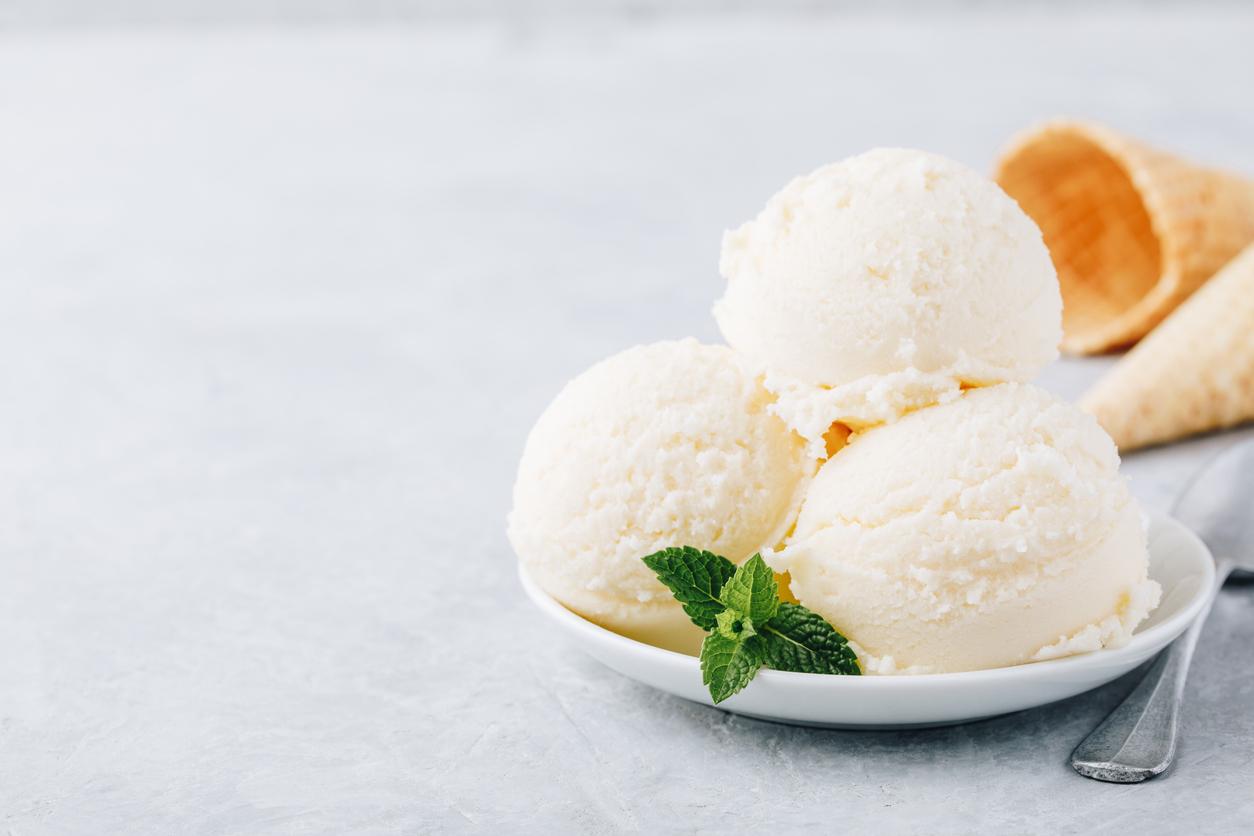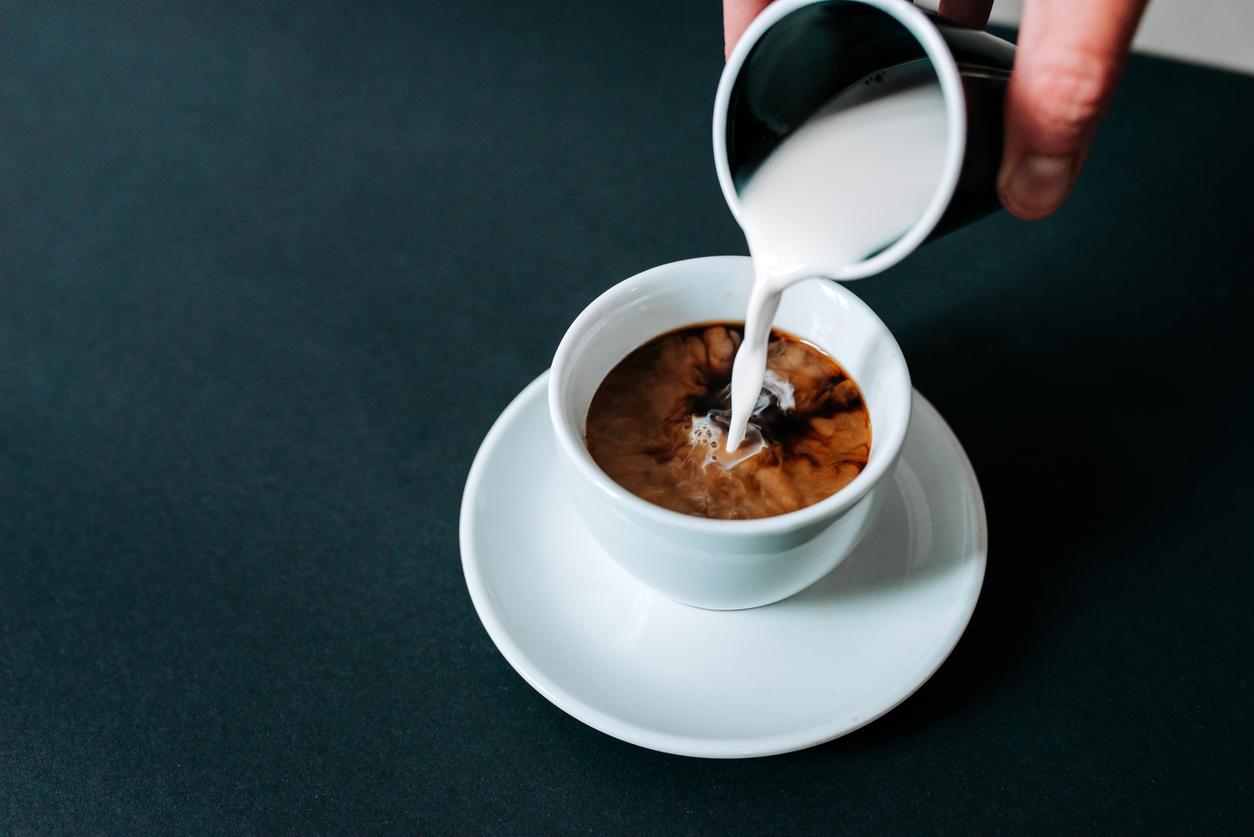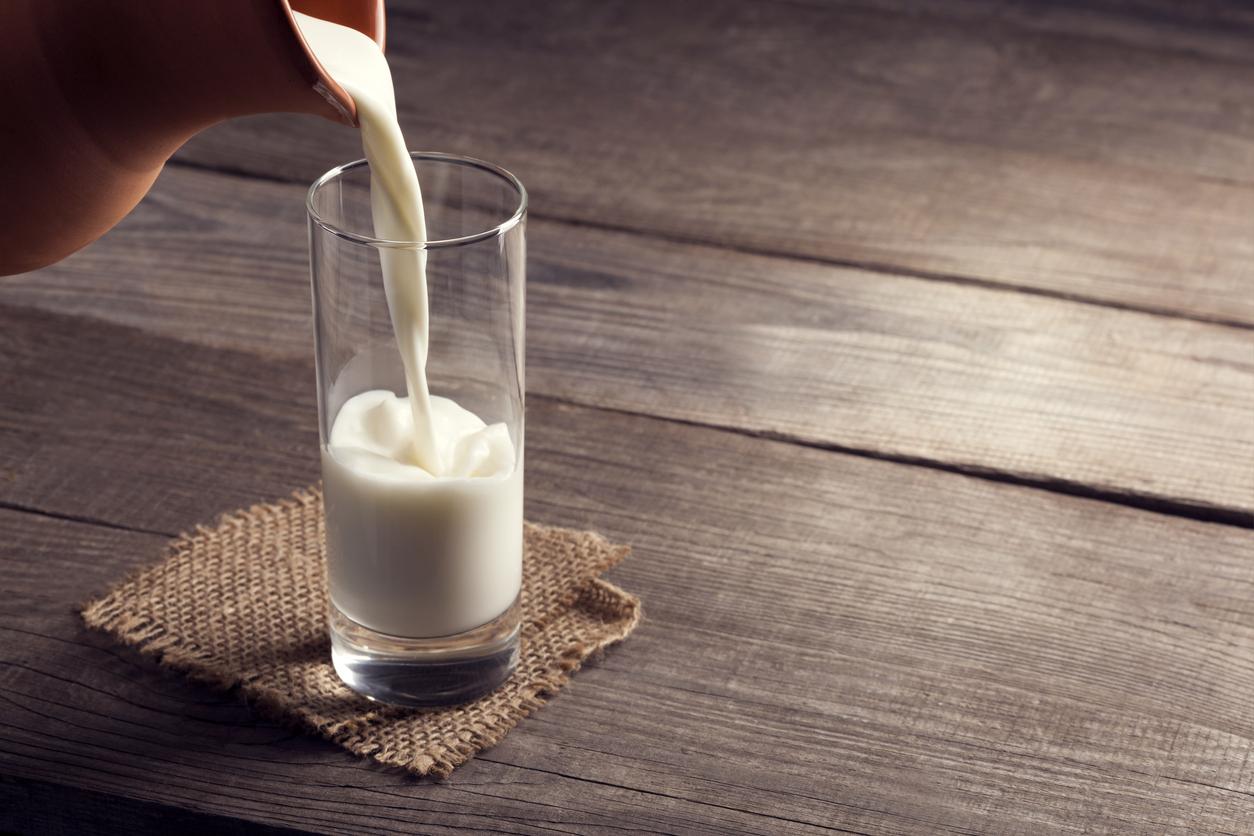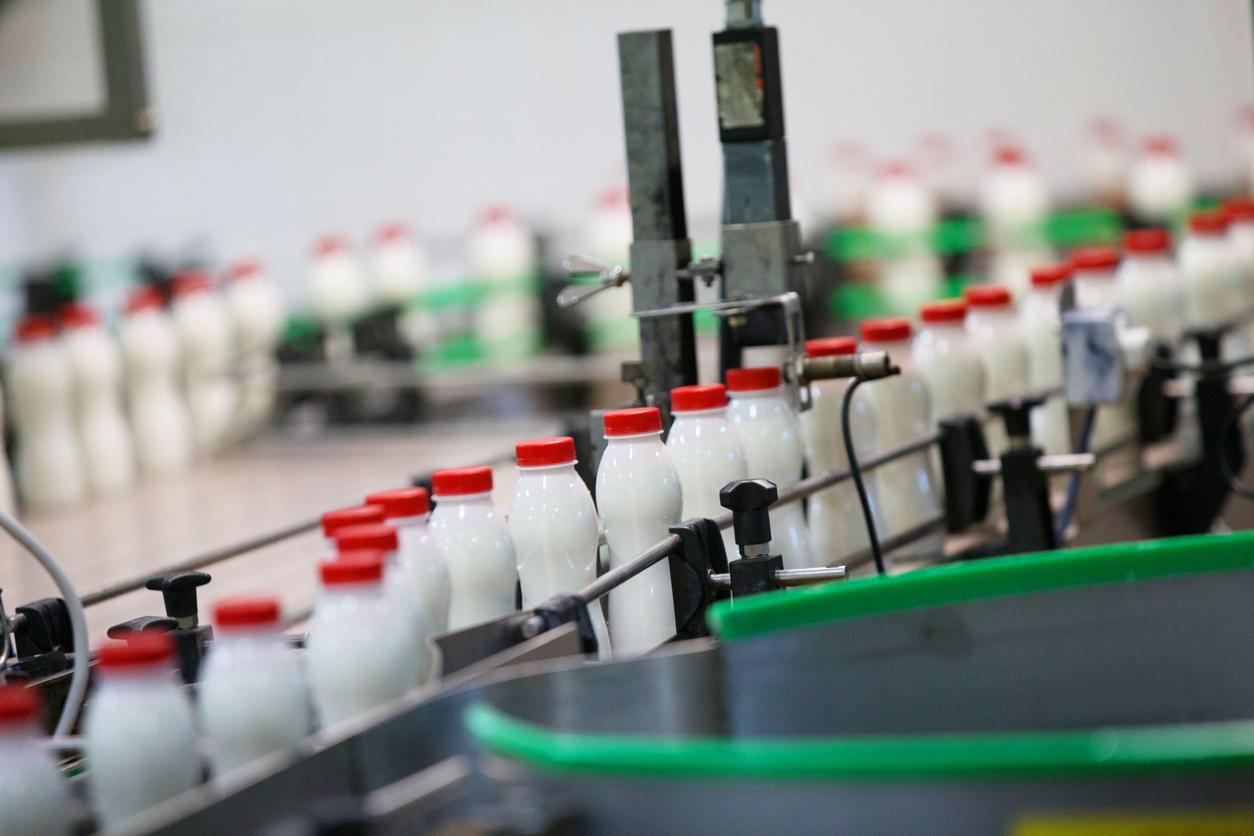The Centers for Disease Control and Prevention (CDC) reiterates the importance of properly cleaning the breast pump, properly storing and using powdered milk for infants.
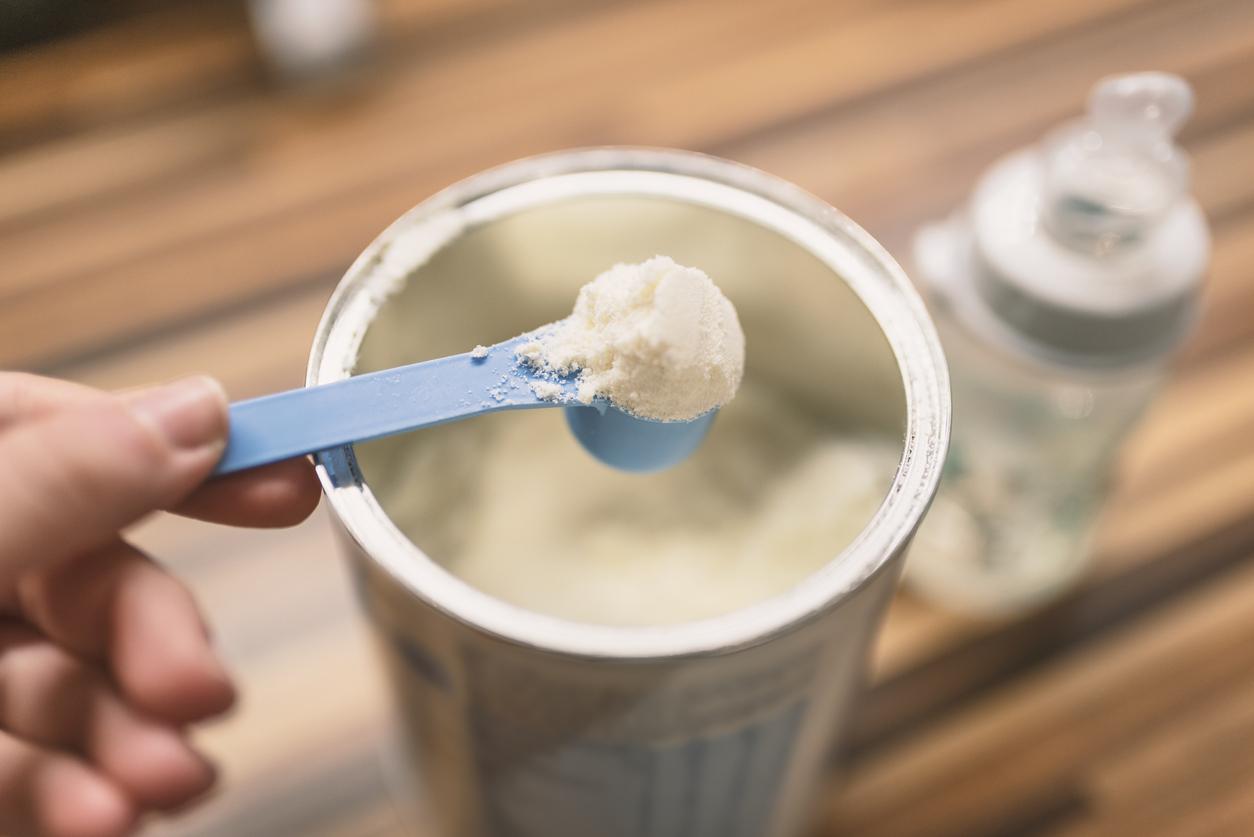
- Infections caused by Cronobacter sakazakii bacteria are rare, but they can cause serious illness and death in infants.
- In the United States, two babies had to be hospitalized after suffering from meningitis, which was caused by infection with Cronobacter sakazakii.
- The powdered milk used to prepare the bottle for the first child was opened and contaminated. For the second baby, who died, it was the breast pump that was contaminated.
Cronobacter sakazakii. It is the name of a species of bacteria belonging to the Enterobacteriaceae family, which is ubiquitous in the environment. It is known to cause severe and often fatal meningitis and sepsis in babies. “Previous case investigations have identified Cronobacter sakazakii in opened powdered infant formula, breast pumps, household surfaces and, rarely, in unopened powdered formula and equipment. to prepare baby bottles, say the Centers for Disease Control and Prevention (CDC).
2 babies affected by meningitis due to Cronobacter sakazakii infection
In a recent reportthey reported that two infants had meningitis related to a Cronobacter sakazakii, in September 2021 and February 2022. The first reported case was a baby boy born at term, whose mother was in good health and had had an uncomplicated pregnancy. Fourteen days after birth, the infant was hospitalized with fever, irritability, excessive crying, oral infection and diaper rash. Before falling ill, he drank both breast milk and powdered milk. “A lumbar puncture was performed and the bacteria was isolated from the cerebrospinal fluid. The newborn was on antibiotics for 21 days.”
Six months later, a premature baby, born by caesarean section, was also admitted to hospital with meningitis. Prior to his hospitalization, “he was fed breast milk and fortified with a liquid fortifier, mainly through an orogastric tube”. Twenty days after birth, he experienced episodes of apnea and bradycardia, a rise in temperature and the need for respiratory support. The next day, epileptic seizures occurred. “Cronobacter sakazakii was isolated. Despite treatment, the patient died 13 days after illness onset.”
Cronobacter sakazakii infection: “safe hygiene, preparation and storage gestures”
After these two cases were reported, the Centers for Disease Control and Prevention used whole genome sequencing analysis to link the cases of Cronobacter sakazakii and the use of powdered milk or the use of a breast pump. According to the team, the powdered milk used when preparing the first patient’s bottle was opened and contaminated. Regarding the second case, it was the breast pump that was contaminated.
“Due to the widespread presence of Cronobacter sakazakii in the environment, caregivers of infants should practice safe hygiene, preparation and storage practices and learn the steps to take to protect infants from infection. infection Healthcare professionals caring for infants less than 2 months old or born prematurely or who are immunocompromised should explain the risks of infection with C. sakazakii to caregivers, especially if the infant is fed C. sakazakii. powdered milk or breast milk, can we read in the conclusions of the report.
To avoid the development of germs, the Health Insurance advises in particular to:
- Take only cold water to prepare the bottle because “above 25°C, the water can be more loaded with microbes and mineral salts”, and avoid “water that has undergone filtration (in a filter jug for example) or softening” because “these systems favor the multiplication of germs”. If the tap has not been used for several hours, “let the water run for one to two minutes before filling the bottle, otherwise three seconds is enough”.
- Clean the work surface used and wash your hands thoroughly with soap and water then dry them with a clean cloth, or better, with a sheet of disposable paper towel.
- Check the cleanliness of the bottles, teats and utensils used. “Be aware that the measuring spoon (or “pod”) provided with the box of milk must always remain dry. It must also be thrown away once the box is finished.”
- Finally, if the bottle is ready, it can be kept for a maximum of one hour at room temperature.








